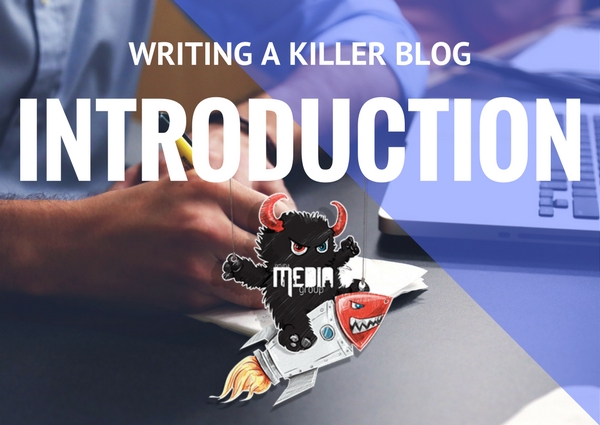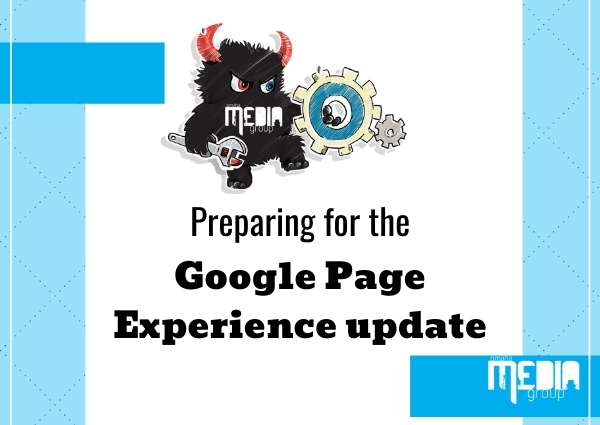 https://www.omahamediagroup.com/images/uploads/monster_gallery/Omaha-Media-Group-Black.jpg
admin
https://www.omahamediagroup.com/images/uploads/monster_gallery/Omaha-Media-Group-Black.jpg
admin
How to Write Killer Introductions for Your Blog Posts

Journalists believe that a headline (or heading in case of a blog post!) not only tells a story but it sells as well. According to a post written by Neil Patel, you would believe the statement is partially right. He says that in a survey carried out by the famous content marketer Copyblogger, 8 out of 10 people got hooked by reading the title. The title has to be fascinating. But it won’t make the reader finish the complete post. They would probably read the first paragraph and if they don’t find anything interesting, they would without any hesitation, move to something else.
That is why an introduction to your blog post holds the key to the success of your post. Of course, the subject matter has to be interesting. But, without a gripping intro, nobody would spare the time on your post, especially if it is a long one.
What is an introduction in case of a blog post?
A blogger usually uses the very first paragraph after the title for introducing or connecting his readers with the subject matter. It usually appears above the fold and ideally, it should be short, crisp and precise. It should give an idea of what to expect in the body of the post but it shouldn’t let the cat out of the bag. Yes, it needs to build up the suspense and give a hint but should do no more.
Elements that make up the introduction
According to Neil Patel, introduction has three distinct elements and the success of the intro depends on how well you weave these three elements into your article or post. They are as follows:
Hook: A hook draws the reader to your post. It is what draws his attention and makes him believe that there is substance in the article. It could be a single word, phrase or a sentence but maintaining brevity is essential in this case.
Transition: Once the hook has grabbed the attention of your reader, the transition takes over. It connects the hook with the body of the post and explains the subject matter in brief and also elaborates on the content of the title.
Thesis: A thesis summarizes the matter in brief. It gives the reader a reason or reasons to read through the article. It makes him believe about the benefits that article has for him.
Techniques that will help you to write a winning introduction
The following are some strategies that usually work when you are creating the introduction for one of your posts.
Give a reason to read: Your introduction should make the reader aware of why this content is great for him. Be specific. Tell him why you think this article has the potential to change his life for the better.
Use statistics: Relevant numbers and figures should be quoted from reliable sources in the introduction. These stay with the readers easily and often make it easier for you to emphasize or argue in favor of a principle.
Share an anecdote: If you can start your post with a personal story or an interesting anecdote, readers get instantly hooked. Tell them how someone benefited or missed out an opportunity because he did or didn’t have the required knowledge which are about to share.
Use an analogy: Analogies work well in the introduction. They help to give the reader a jerk and make him wide awake. They also drive home a point quicker. It is often easier to relate with an analogy especially when discussing something abstract. Use it in your introduction if possible and your readers would love it.
Creating a good introduction is as important as creating a fascinating title or choosing the right topic. Don’t underestimate its power. Follow the strategies and your conversion rates would shoot up.
Hire the team to help you with your website, app, or other marketing needs.
We have a team of digital marketers who can help plan and bring to life all your digital marketing strategies. They can help with social media marketing, email marketing, and digital advertising!
CONTACT US




Comments